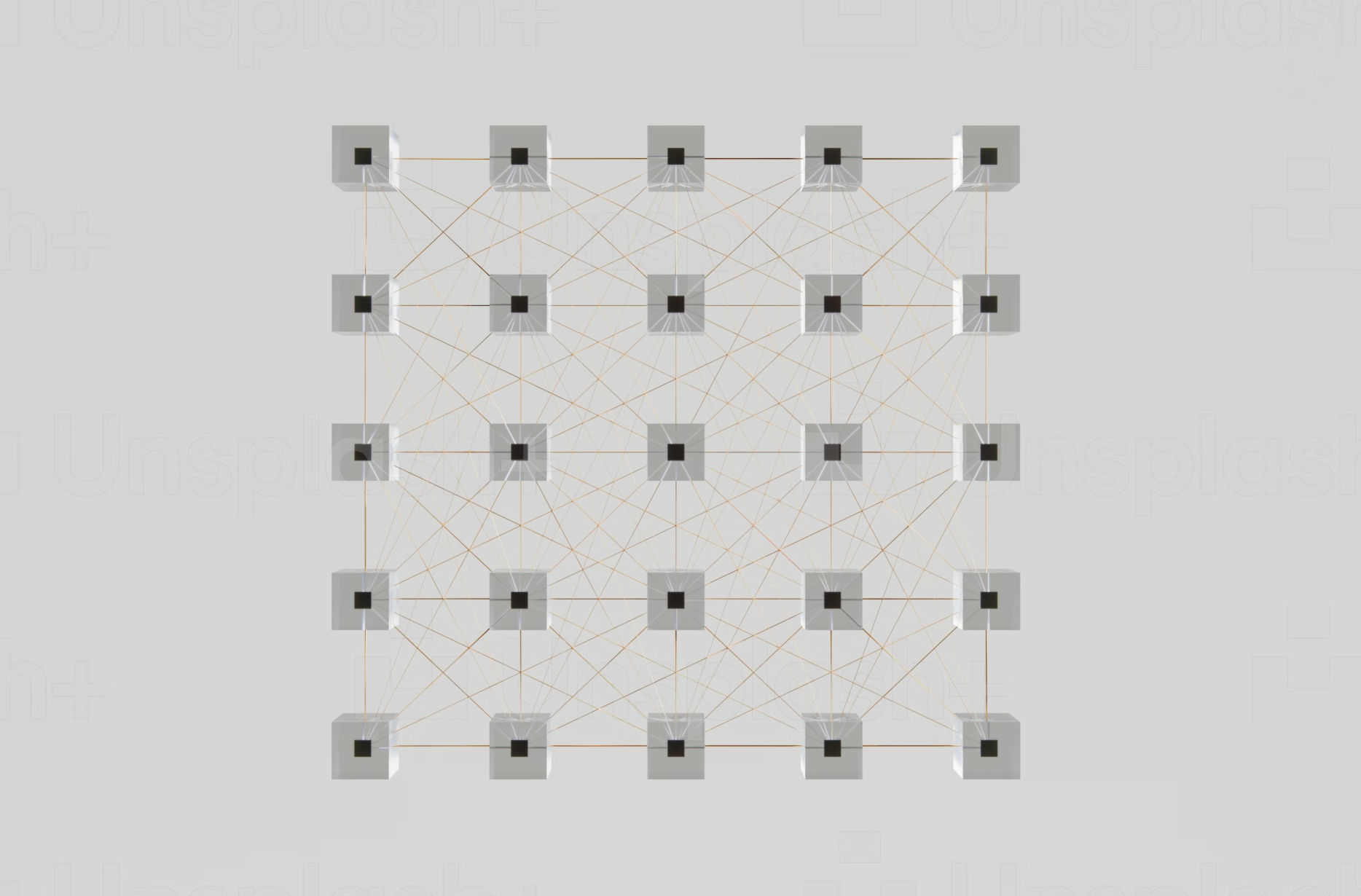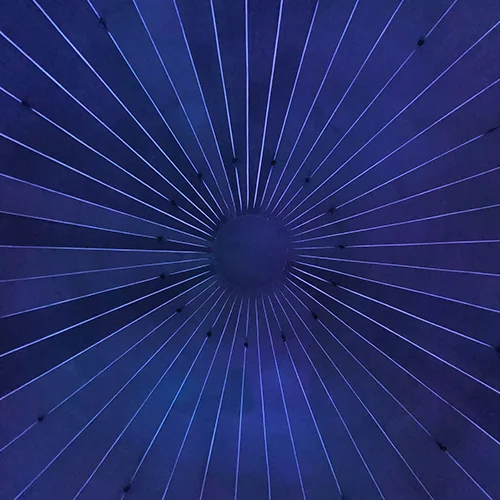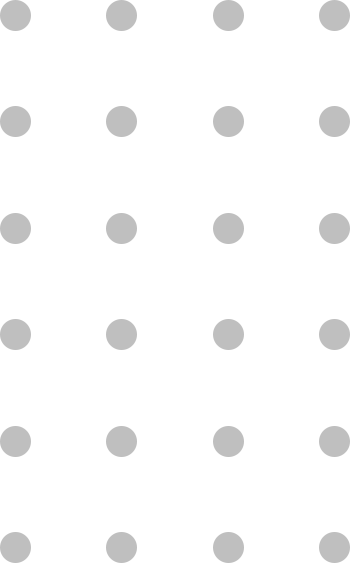The Science Behind Wi-tect Wallpaper
Our team has gone above and beyond in crafting and putting our Witect solution through intense stress tests, driven by a thirst for scientific exploration. Our solutions have been designed and tested in a laboratory and site tested in the real world.

The Science History
The science behind Witect has an important history and can be traced back to the ground-breaking 19th-century experiments on static electricity. The great experimental physicist Michael Faraday, who was the first to show that electricity and magnetism were related phenomena, built the first electrically-shielded room by coating the walls, floor, and ceiling in metal foil.
Known today as a Faraday cage, this technology is used extensively in electronic devices to prevent electromagnetic fields from entering or leaving a physical area. For example, the metal screen on the door of your microwave oven prevents electromagnetic waves from leaking by turning the metal cavity into a Faraday cage.
Wi-tect takes a more sophisticated approach by creating a solution that selectively shields signals on the Wi-Fi frequency bands rather than blocking all waves at all frequencies. Implemented by printing intricate engineered patterns of conductive ink in a form that can be applied to building surfaces, Witect provides a patented wallcovering that can be easily installed in a home, residential, or work application.
Science
The specific technology used in Witect is a frequency-selective surface, or FSS, originally developed for military radar after World War II. An FSS is a conductive pattern produced on a flat surface consisting of discrete shapes repeated periodically. Based on the dimensions of the shapes and the way each shape interacts with its neighbours, the FSS can target specific frequencies for reflection, transmission, or absorption.
By selectively targeting specific frequencies, signals at other frequency bands can remain unaffected. For example, the microwave oven door selectively blocks microwaves but allows light to penetrate. In military applications, FSS can be used as a stealth coating to camouflage units at all radar frequencies except those used to maintain radio connection with the base.



Science
The specific technology used in Witect is a frequency-selective surface, or FSS, originally developed for military radar after World War II. An FSS is a conductive pattern produced on a flat surface consisting of discrete shapes repeated periodically. Based on the dimensions of the shapes and the way each shape interacts with its neighbours, the FSS can target specific frequencies for reflection, transmission, or absorption.
By selectively targeting specific frequencies, signals at other frequency bands can remain unaffected. For example, the microwave oven door selectively blocks microwaves but allows light to penetrate. In military applications, FSS can be used as a stealth coating to camouflage units at all radar frequencies except those used to maintain radio connection with the base.
The Science
The specific technology used in Witect is a frequency-selective surface, or FSS, originally developed for military radar after World War II. An FSS is a conductive pattern produced on a flat surface consisting of discrete shapes repeated periodically. Based on the dimensions of the shapes and the way each shape interacts with its neighbours, the FSS can target specific frequencies for reflection, transmission, or absorption.
By selectively targeting specific frequencies, signals at other frequency bands can remain unaffected. For example, the microwave oven door selectively blocks microwaves but allows light to penetrate. In military applications, FSS can be used as a stealth coating to camouflage units at all radar frequencies except those used to maintain radio connection with the base.


Patent & Development
An ongoing challenge in the design of single-layer FSS is the selective targeting of waves at multiple frequencies and any incoming angle. In developing Witect, we collaborated with UBC researchers to design a state-of-the-art single-layer FSS with robust dual-band operation. The novel shape of the unit elements and the tightly coupled periodic arrangement was tested in UBC laboratories and patented under US Patent Application No. 62/696,543, filed July 11, 2021.
Patent & Development
An ongoing challenge in the design of single-layer FSS is the selective targeting of waves at multiple frequencies and any incoming angle. In developing Witect, we collaborated with UBC researchers to design a state-of-the-art single-layer FSS with robust dual-band operation. The novel shape of the unit elements and the tightly coupled periodic arrangement was tested in UBC laboratories and patented under US Patent Application No. 62/696,543, filed July 11, 2021.
